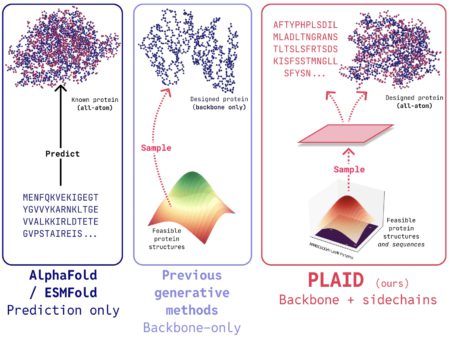In the ever-evolving world of web development, the term “headless” is as popular today as it ever has been. But what does it really mean, and why should you care? Let’s dive into the concept of headless architecture, its benefits, and why Sitecore is leading the charge in this space.
What is Headless?
At its core, a headless CMS is a software design approach that separates the front-end (what users see) from the back-end (where content is managed). Unlike traditional CMS platforms that tightly couple content management with presentation, headless CMS’s use APIs to deliver content anywhere—web, mobile app, kiosk, or a smart device. In many ways, the originator of headless architecture is Jamstack – which stands for JavaScript, APIs, and Markup. Instead of relying on traditional monolithic architectures, Jamstack applications decouple the web experience from the back-end, making them more scalable, flexible, and high-performing. JavaScript handles dynamic interactions on the front-end, allowing developers to build fast and modern user experiences. API’s provide a way to pull in content and services from various sources and the website can also push data to API’s such as form submissions, custom analytics events and other user driven data. Markup refers to pre-built HTML that can be served efficiently, often generated using static site generators or frameworks like Next.js.
Why Go Headless?
You might be wondering, “Why would I build my website entirely in JavaScript when it’s mostly content?” That’s a valid question and I thought the same when Sitecore JSS first came out. Headless though is less about “building your site in JavaScript” and more about the benefits of the architecture.
Flexibility
Headless CMS’s allow developers to work with any front-end framework they choose, whether it’s React, Vue, Angular, or whatever your favorite framework might be. This means teams are not locked into the templating system of a traditional CMS or the underlying backend technology.
Performance
Speed is everything in today’s digital landscape. Studies show that even a slight delay in page load time can significantly impact user engagement and conversion rates. Headless CMS’s improve performance by enabling static site generation (SSG) and incremental static regeneration (ISR)—both of which ensure lightning-fast load times. Instead of a server processing each request from a user, static content can be served from a global CDN – which is a modern composable architecture. Of course, server side rendering is also still an option and can also by very performant with the right caching strategy.
Omnichannel Delivery
Content today is consumed on more than just websites. Whether it’s a mobile app, smart device, digital kiosk, or even a wearable, headless architecture ensures content can be delivered anywhere through API’s. This makes it easier for brands to maintain a consistent digital experience across multiple platforms without duplicating content.
Security
Traditional CMS’s are often vulnerable to security threats because they expose both the content management system and the front-end to potential attacks. In contrast, headless CMS’s separate these layers, reducing the attack surface. With content served via APIs and front-end files hosted on secure CDNs, businesses benefit from enhanced security and fewer maintenance headaches.
Scalability
Handling high traffic volumes is a challenge for traditional CMS platforms, especially during peak times. Since headless solutions rely on cloud-based infrastructure, they can scale dynamically without requiring expensive hardware upgrades. Whether you’re serving thousands or millions of users, headless architecture ensures your site remains stable and responsive.
Why Sitecore for Headless?
There are plenty of options in the headless CMS market, but Sitecore offers a unique blend of features that make it stand out. With XM Cloud, Sitecore provides a fully SaaS-based solution—no more infrastructure headaches, no more costly upgrades, and uptime and reliability are now handled by Sitecore.
Sitecore’s hybrid headless approach allows organizations to transition at their own pace, leveraging the benefits of headless while maintaining familiar content management workflows. Hybrid headless gives content authors complete freedom and flexibility to build content however they’d like – where most purely headless content management systems are more rigid on how pages are built.
As digital experiences become more dynamic and user expectations continue to rise, headless CMS solutions offer the agility businesses need. If you’re looking to modernize your digital strategy, now is the time to embrace headless.
Source: Read MoreÂ


